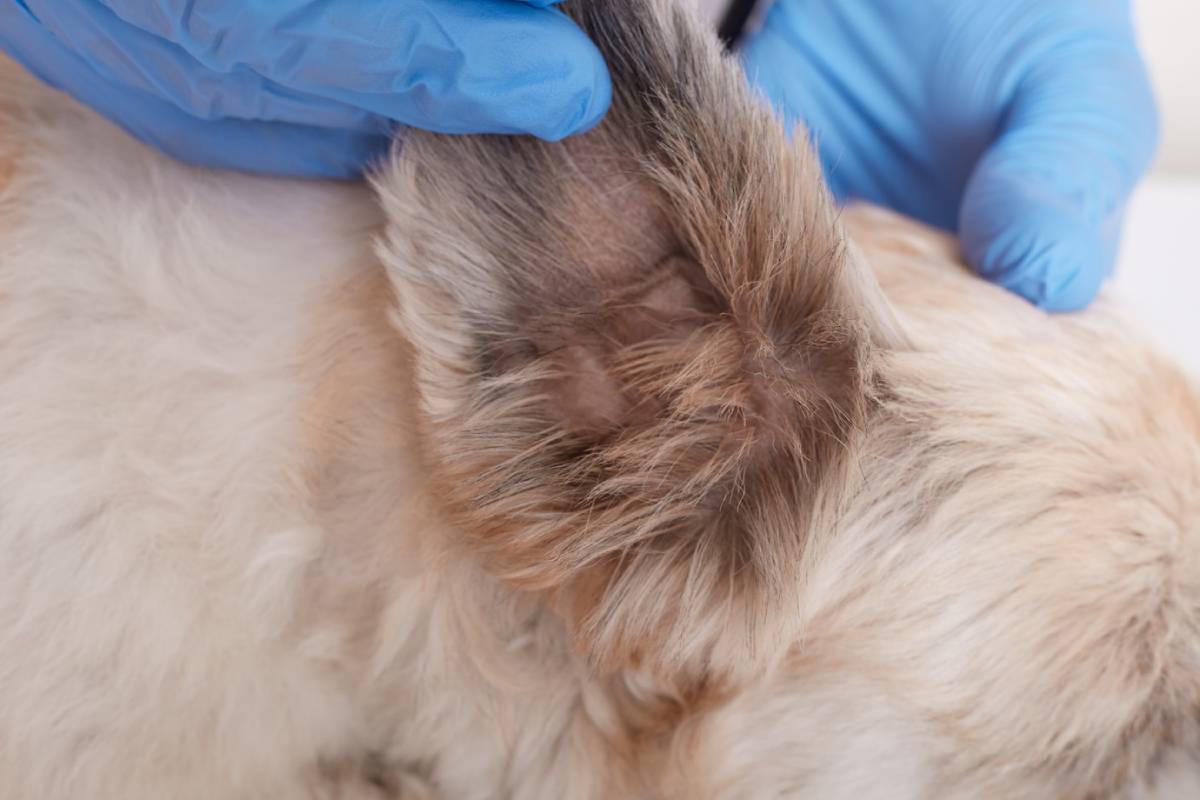
Identifying and Avoiding Common Dog Food Allergens
Do you notice your dog scratching more than usual? Maybe they have upset stomachs, ear infections, or dull coats. These issues may not just be seasonal or grooming-related. The cause might be hidden in their food. Food allergies in dogs are more common than many pet parents think, and they can cause discomfort for both dogs and owners.
If your dog seems uncomfortable and you’ve ruled out fleas, parasites, or infections, check their food. This guide covers the most common dog food allergens, how to spot them, and—most importantly—how to avoid them. You’ll also discover how to provide tasty and safe meals for your furry friend.
Let’s make food your dog’s best friend again.
Understanding Food Allergies in Dogs
What Is a Dog Food Allergy?

A food allergy happens when your dog’s immune system mistakenly sees a harmless ingredient as a threat. This can lead to symptoms such as:
- Itchy skin
- Chronic ear infections
- Gastrointestinal issues (vomiting, diarrhoea)
- Excessive licking or chewing
- Hair loss or skin infections
Unlike food intolerances, which don’t involve the immune system, allergies usually develop after repeated exposure to a specific ingredient.
How Common Are They?
According to vets and sources like the American Kennel Club, food allergies make up about 10% of all dog allergy cases. That’s a significant number when you consider how many itchy, irritable dogs could find relief with a diet change.
Top 7 Common Dog Food Allergens
Here’s a closer look at the usual suspects in your dog’s meals:
1. Beef
Beef is a common protein in many dog foods, but it’s also a leading allergen. Dogs often become allergic after repeated exposure. If your dog has eaten beef kibble for years, consider a change.
2. Dairy Products

Milk, cheese, and yoghurt can upset digestion and cause itching due to lactose intolerance or casein allergies. It’s best to avoid dairy for allergy-prone dogs.
3. Chicken
Ironically, chicken is a common protein in “sensitive stomach” formulas but can still trigger reactions. While less allergenic than beef, it can still cause issues.
4. Wheat and Grains
Gluten-containing grains like wheat, barley, and rye may lead to skin irritation and GI problems. Some dogs do well with grains, while others thrive on grain-free diets.
5. Eggs
Egg allergies in dogs often come from the protein in egg whites. While eggs are nutritious, they can trigger reactions in some pets.
6. Soy
A common filler in commercial pet food, soy can disrupt hormone levels and cause allergic reactions in sensitive dogs.
7. Lamb
Once considered a hypoallergenic option, lamb is now a known allergen due to its overuse in “sensitive” dog food formulas. Test this if your dog shows symptoms.
Spotting the Signs: Is It Really Food?
Common Symptoms of Dog Food Allergies
Symptoms of food allergies can overlap with many other conditions, making diagnosis tricky. Watch for:
- Persistent scratching, especially around the face and paws
- Chronic ear infections
- Loose stools or frequent flatulence
- Scooting or licking the anal area
- Red, inflamed skin or hot spots
Rule Out Other Issues First
Before changing foods, consult your vet to rule out fleas, mites, seasonal allergies, or infections. Misdiagnosing food allergies can happen without a thorough check.
How to Identify Allergens in Your Dog’s Diet
Elimination Diets: The Gold Standard
The best way to find a food allergen is through an elimination diet. This means feeding your dog a limited ingredient diet—often with novel proteins and carbohydrates—for 8 to 12 weeks.
Here’s how to do it:
- Choose a novel protein your dog hasn’t eaten before (like venison, rabbit, or duck).
- Select a single carbohydrate (like sweet potato or brown rice).
- Stick to it strictly—no treats or table scraps unless approved.
- Monitor symptoms during the week.
- Gradually reintroduce one ingredient at a time to see which triggers a reaction.
This method needs patience and discipline, but it works well.
Allergy Testing
Some vets offer blood or skin tests, but results can vary. These tests are often better for identifying environmental allergens. Still, they can help alongside diet trials for clearer answers.
Safe and Allergy-Friendly Alternatives
Hypoallergenic Proteins
These proteins are less likely to cause immune responses:
- Duck
- Venison
- Rabbit
- Kangaroo
- Turkey
Novel proteins are often used in elimination diets because they’re new to your dog’s system and less likely to cause flare-ups.
Safe Carbohydrates

Not all carbs are harmful. Many are soothing and nutritious:
- Sweet potatoes
- Brown rice
- Pumpkin
- Quinoa
- Green peas
These provide fibre, energy, and nutrients without triggering allergies.
Homemade Meals: Full Control
Making your dog’s food at home lets you control every ingredient. Just consult a vet or pet nutritionist to ensure the diet is complete and balanced.
Here’s a basic allergy-friendly recipe:
Turkey & Sweet Potato Dog Dinner
- 500g ground turkey
- 1 cup cooked sweet potato
- 1/2 cup steamed peas
- 1/4 cup chopped spinach
- 1 tbsp fish oil (for omega-3s)
Cook thoroughly, cool, and portion based on your dog’s size.
Label Smarts: Read Before You Feed
Ingredients to Watch For
- “Animal by-products” – vague sources
- “Meat meal” without specifics – could include allergens
- Additives, dyes, and preservatives – unnecessary for sensitive dogs
Look for limited-ingredient diets with clearly listed proteins and carbs. Fewer ingredients mean fewer chances for allergens to sneak in.
When to Call the Vet
If your dog has persistent symptoms despite food changes, consult a veterinary dermatologist or an allergy specialist. Chronic allergies can lead to infections and discomfort if not managed correctly.
Your vet might suggest prescription allergy diets or further diagnostics if symptoms don’t improve.
The Long-Term Approach: Prevention and Routine
Keep a Food Journal
Track what your dog eats and any symptoms. This helps spot trends and identify triggers.
Rotate Proteins (Cautiously)
Gradually introducing new proteins can help avoid overexposure to one ingredient. Do this slowly and one change at a time.
Stay Informed and Flexible
Dog food formulations change, and your pet’s tolerance can shift over time. Keep an eye on ingredient lists, even for brands you’ve used for years.
Give Your Dog a Happier, Itch-Free Life
Dealing with dog food allergens may seem overwhelming, but identifying triggers makes it easier to manage. Your dog doesn’t have to suffer from itchy skin or upset stomachs.
By spotting signs, choosing ingredients wisely, and working with your vet, you can create a safe and satisfying diet for your pup. Whether you make homemade meals or choose a trusted commercial option, your dog will feel—and look—better.
Have you dealt with dog food allergies before? What helped your pup the most? Share your story in the comments below, or pass this post along to a fellow dog lover. Every itch-free tail wag is worth it.


